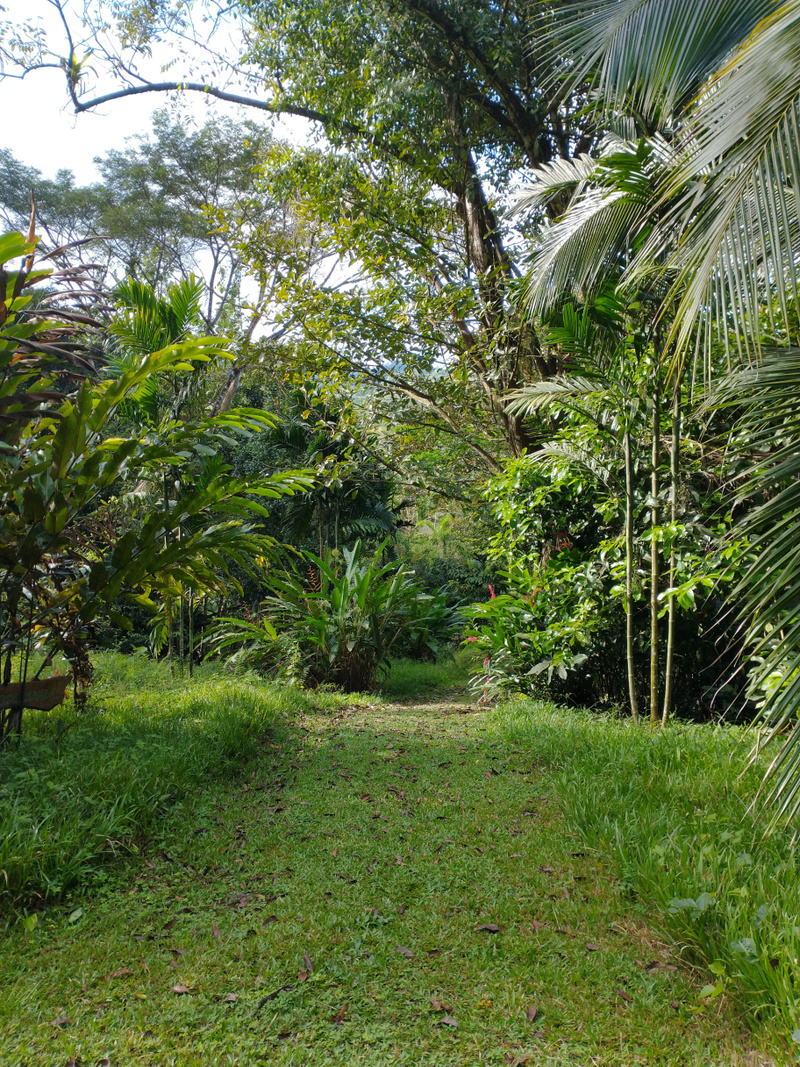REGENERATIVE ACTION
Home Farm Rainforest Rewilding & Restoration Project

Diamante Valley
dates
July 1, 2024 to June 30, 2025
participants
1
objective
We started a project to demonstrate rainforest restoration in action to create a template for scaling across the larger Baru River catchment

Diamante Valley
dates
July 1, 2024 to June 30, 2025
participants
1
objective
We started a project to demonstrate rainforest restoration in action to create a template for scaling across the larger Baru River catchment
IMPACTS
- - Stop soil erosion
- - Prevent sedimentation of Barucito River
- - Increase habitat
- - Increase native biodiversity
- - Initial healthy soil creation
- - Increase ecosystem services
More Adventures
Swipe to see more
Scroll to see more